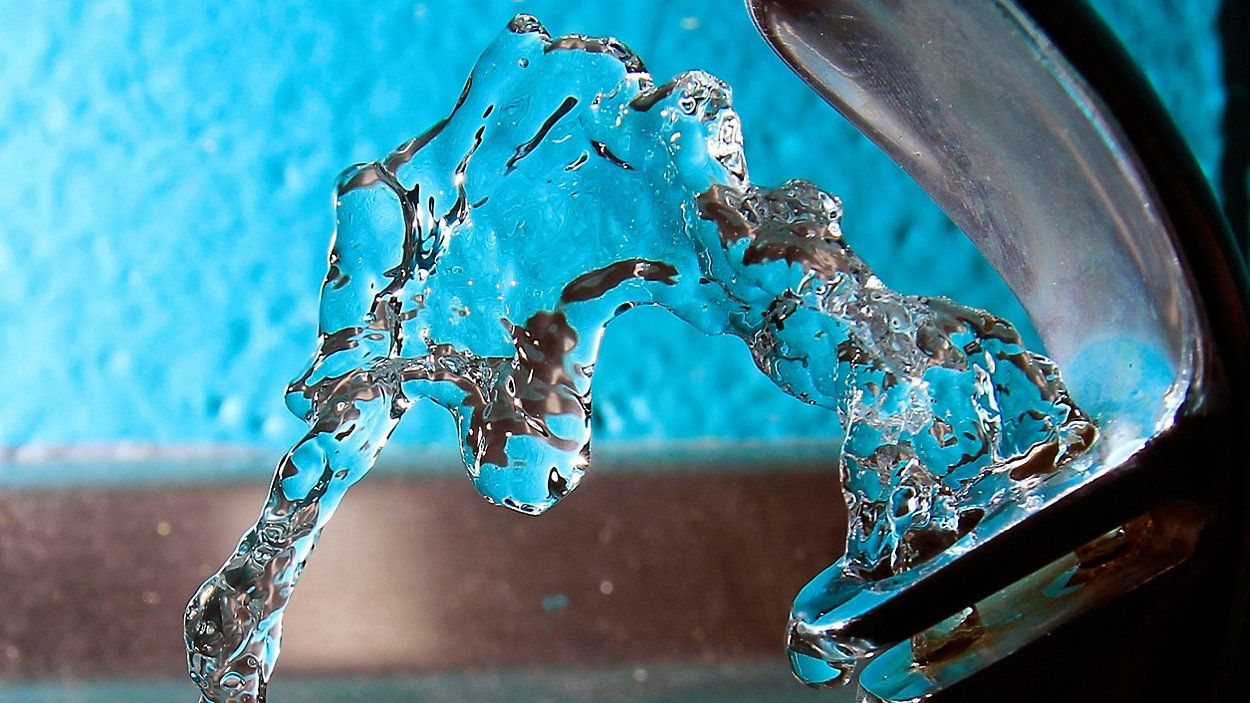The Department of Health has confirmed low levels of the chemicals perfluorooctanoic acid and perfluorooctane sulfonic acid in water samples collected at Del Monte Kunia 3 well, which is part of the Kunia Village water system.
Long-term consumption of PFAS, often referred to as “forever chemicals” for their persistence in the environment, can be harmful to human health if consumed in high concentrations over an extended time. However, DOH said the levels detected in Kunia “are not an acute health threat” and no immediate action is required for the system’s 650 users.
While DOH characterizes the level of PFAs detected as “very low,” it is still higher than the Environmental Protection Agency’s new, interim health advisory levels.
The concentrations also exceeded the DOH Hazard Evaluation and Emergency Response Office’s Environmental Action Levels and the EPA Regional Screening Levels. The HEER Office is reviewing the PFAS findings to evaluate compliance with other environmental regulations and any required remediation.
Elevated PFAS levels were also detected in water samples collected from the Waipahu Wells II Granular Activated Carbon Treatment Facility two weeks ago.
PFAS is used extensively in carpets, clothing, fabrics for furniture, paper packaging for food, cookware and other goods designed to be waterproof, stain-resistant or non-stick, according to the EPA. It is also used in fire-suppression foam and other industrial materials.
The Kunia Village system continues to be in full compliance with all federal and state standards for drinking water.
While current levels of the chemical do not require action, DOH said those concerned could use home filtration options to reduce PFAS in their water.
Michael Tsai covers local and state politics for Spectrum News Hawaii. Email him at michael.tsai@charter.com



